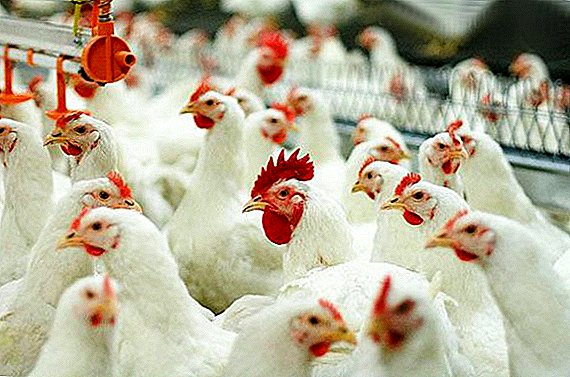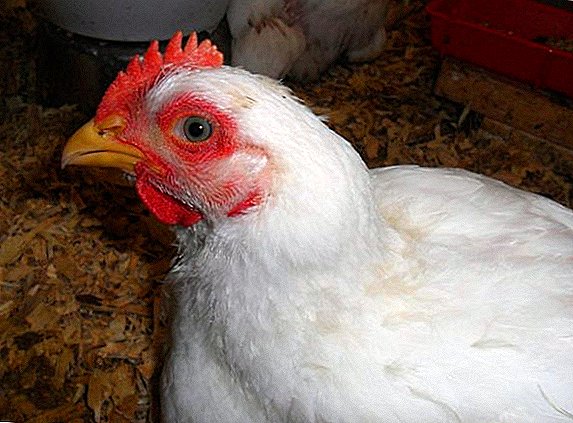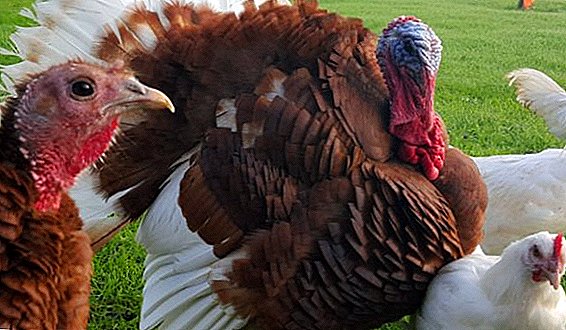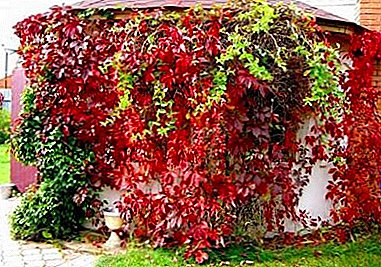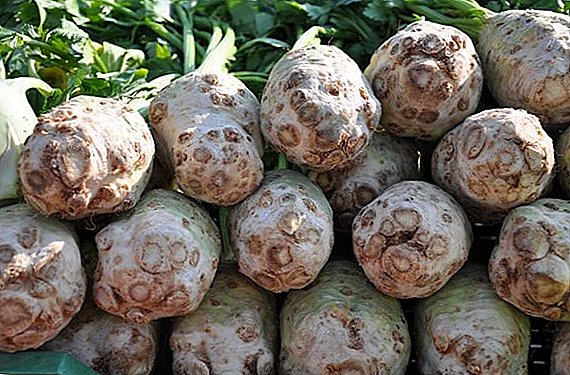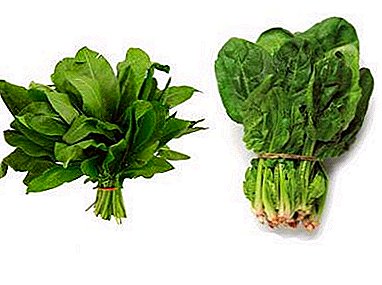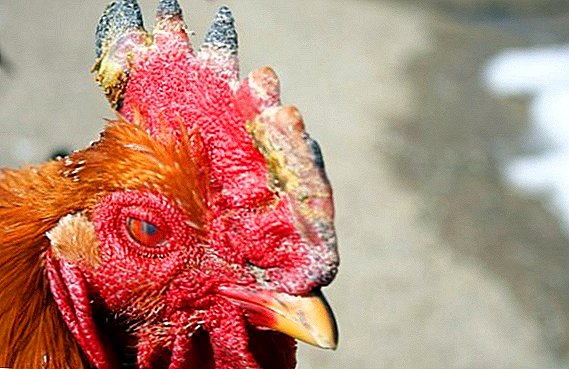 Owners who keep chickens often encounter various ailments in poultry, which not only worsen egg production, but also cause the death of animals.
Owners who keep chickens often encounter various ailments in poultry, which not only worsen egg production, but also cause the death of animals.
In this article we will look at the main groups of diseases, as well as talk about the symptoms of common diseases and their treatment.
Types of diseases
All diseases are divided into several main types, depending on which the use of certain drugs varies.
Learn about foot diseases in chickens.
Cold
These are diseases that occur due to hypothermia of the body as a whole or individual organs. This occurs as a result of a violation of thermoregulation, which is why the body temperature drops or rises sharply. The immune system is weakened, therefore it cannot withstand the pathogens.

Infectious
This is a group of diseases that occur as a result of viruses, microbes, and prions entering the bird. Infectious diseases can cause an epidemic, as they are transmitted from an infected individual to the rest of the population.
They are characterized by the presence of an incubation period during which the body does not feel the presence of the disease, as well as toxicity that occurs during the life of microbes and viruses.
Did you know? Chickens have relatively high intelligence. They are able to count, they distinguish geometric shapes, and while making decisions they use accumulated experience, starting from the current situation.
Non-infectious
This group is difficult to distinguish, as it often includes colds, which are not infectious. At the same time, the group is characterized by the absence of an external pathogen.

That is, diseases arise due to dysfunction, aging, damage to the organ or organ system. For example, cancer, cardiovascular diseases, mental disorders. These diseases are not transmitted to other individuals.
Parasitic
A group of diseases that occur due to the entry of parasites into the body. Parasitic diseases differ from infectious diseases in that the pathogen is of considerable size, therefore, destructive processes take place faster and at a different level.
Learn what to do when detecting lice, fleas, perojedy, ticks, worms in chickens.
Parasitic diseases are also often identified as infectious, as they can be transmitted from the carrier to other birds. Pathogens are worms or arthropods.

Diseases due to hypothermia
Consider diseases that occur due to a violation of thermoregulation due to the influence of low temperatures.
Infectious laryngotracheitis
The disease is abbreviated as ILP. This is an acute respiratory disease that occurs as a result of hypothermia. It is transmitted to other individuals, so it can cause an epidemic and a massive death of the bird.
Important! A person can become infected with ILP from a sick bird.Symptoms
- Labored breathing.
- The appearance of discharge from the nasal openings.
- Cough and wheezing.
- Tearing.
- Edema of the mucous larynx.
 Breathing through beak and conjunctivitis are symptoms of laryngotracheitis
Breathing through beak and conjunctivitis are symptoms of laryngotracheitis
Treatment
At the initial stage of infection, it is advisable to discard a sick bird in order to prevent further spread of the infection, as well as to reduce costs. When infecting most of the livestock, antibiotics are used in conjunction with furozolidone and travitaminom.
However, these drugs can not guarantee recovery, as the causative agent is a virus, not a microbe, so antibiotics only prevent the defeat of a bacterial infection against the background of the main viral disease.
Also the problem is the subsequent disinfection of the room, since the virus can remain viable for a long time. To do this, use special chemicals. Their use is possible only after removing the chickens.
 Sputum discharge
Sputum discharge
Bronchopneumonia
This disease causes inflammation of the lungs and bronchi, followed by the release of mucus. The focus of inflammation is not localized in one place, but is constantly expanding within one segment (lung / bronchus).
Find out why there is blood in chicken eggs, why chickens peck each other to blood, why chickens go bald, why chickens peck eggs, why chickens fall, why chickens run poorly.
Symptoms
- Frequent breathing through the mouth.
- The appearance of wheezing.
- Refusal of food and water.
- Lack of motor activity.
- Prostration.

Important! A sick chicken dies after two days if left untreated.
Treatment
A special solution is used that cannot be purchased at a pharmacy or a vet pharmacy. In one container dissolve 350 g of calcined salt in 3 liters of boiling water. In another container, 250 g of bleach is dissolved in 7 liters of water at room temperature. Next, leave to infuse for 2 hours, then mixed and diluted with water in a ratio of 1: 2.
The specified solution is necessary to treat the room with a spray. After that, feed any suitable antibiotic to infected chickens (it is better to exclude too strong drugs so that there is no load on the liver).

After the use of medicines, the entire inventory must be disinfected. Also in the following days it is necessary to add vitamins and minerals to the feed in order to strengthen the immune system.
Find out what antibiotics give chickens.
Frostbite
Occurs as a result of strong hypothermia of a certain area on the body of a chicken.
Symptoms
- Blanking open areas of the body (earrings and scallop).
- Frostbite areas become blue, and when frostbite is strong - turn black and die with time.
- The bird becomes lethargic.
 Frostbite paws
Frostbite paws
Treatment
It is necessary to warm the frostbitten areas of the chicken body. To do this, apply iodine or a mixture of goose fat with turpentine (10: 1). These means need to rub the damaged area, then move the bird to heat.
Prevent frostbite birds in the cold is simple enough. It is necessary to lubricate the paws, comb and earrings goose fat or petroleum jelly.
 Frostbite comb
Frostbite comb
Illness due to malnutrition
Next, learn about the diseases that occur due to improper feeding, as well as the lack of vitamins and minerals in the diet.
Learn how to use fodder for chickens, how to give chickens bran, how to sprout wheat for laying hens, how to use meat and bone meal for chickens, what is the rate of feed for hens for a day, what vitamins are needed for laying hens for egg production.
Avitaminosis
Disease caused by a severe lack of vitamins and minerals, resulting in dysfunction of the immune system and other organs.
Symptoms
- Loss or lack of weight gain.
- Lethargy.
- Diarrhea.
- Loss of orientation in space.
- Swelling and redness of the joints.
- Earrings, comb and mucous become pale.

Treatment
The bird does not need to be fed any drugs, since this disorder is associated with a lack of substances, and not with the activity of microorganisms. It is enough to normalize the daily diet, saturate it with vitamins and minerals, include vegetables, milk, oilcake, grass meal, as well as chalk or ground shells.
Important! Avitaminosis can cause blindness.
Gastroenteritis
This is an inflammation of the mucous membrane of the stomach and intestines, which occurs due to regular feeding with poor-quality or missing feed.
Symptoms
- Lethargy.
- Lack of appetite.
- Bad egg production.
- Inflammation of goiter.
- Blue scallop.
 Diarrhea is a symptom of gastroenteritis.
Diarrhea is a symptom of gastroenteritis.
Treatment
Remember that only a veterinarian can diagnose accurately, since these symptoms can occur in the presence of another disease, both infectious and non-infectious.
Check out the symptoms and treatment of poisoning in chickens.
Begin by replacing the food supply. Then, instead of water, the entire population gives a solution of copper or iron sulphate, or potassium permanganate. The exact dosage is determined by the veterinarian. Also used antibiotics of the intestinal spectrum of action, however, such drugs can have a very negative impact on the liver, which is worth remembering.
Do not forget that all inventory that has been in contact with the missing food must be disinfected.

Salpingitis
This is an inflammation of the tissues of the oviduct. The causative agent is staphylococcus, so this disease is infectious, but salpingitis is not always caused by the activity of pathogenic flora. In most cases, the cause is poor nutrition.
Learn how to treat coccidiosis in chickens, infectious bronchitis virus, mycoplasmosis, conjunctivitis, diarrhea, pasteurellosis.
Symptoms
- Bad egg production, or lack thereof.
- Eggs do not have a shell.
- Obesity.
- Lethargy.
- Poor nutrition and difficult bowel movements.
 Egg healthy chicken and chicken with salpingitis
Egg healthy chicken and chicken with salpingitis
Treatment
If salpingitis is non-infectious in nature, then you need to normalize the daily ration of poultry, increase the dose of calcium and phosphorus, as well as vitamins. If the cause is the activity of microorganisms, then the bird is treated with directional antibiotics, while not forgetting about the saturation of the feed with vitamins and minerals.
Only the veterinarian can determine the cause of the disease, since the symptoms of avitaminous and infectious salpingitis are identical.
Important! In the absence of treatment, the oviduct can not only descend, but also fall out, which will lead to the death of the individual.
Arthritis
This disease is an inflammatory process that occurs in the articular bags, as well as adjacent tissues.
Symptoms
- Lethargy.
- Lameness.
- Decreased motor activity.
- Swelling of the joints of the legs.

Treatment
The cause of arthritis can be as bad conditions, unbalanced feed or injury, and the ingress of germs or viruses. The real cause can be identified only by analyzing the conditions of keeping or feeding the birds. That is, if everything is in order, then the cause is the ingress of microorganisms into a favorable environment.
Treatment begins with the addition to the diet of vitamins, minerals, as well as products that are composed of natural antibacterial ingredients. After that, a course of antibiotics or antiviral drugs that are given along with the feed is prescribed.
At the time of treatment, it is worthwhile to limit the poultry locomotor activity, as well as improve the conditions of detention If the cause of arthritis is a virus or microbe, then the room is disinfected.

Prevention
- Proper diet, which is based on the needs of a particular type of chickens. Correction of diet depending on the time of year.
- Regular cleaning of the room, which contains chickens.
- Temperature control in the cold season inside the coop.
- Regular inspection of birds for health problems. Inspect the hens should specialist.
- Adherence to vaccination schedule.
- Wild animals or pets should not be in contact with chickens.
- Proper storage and storage of feed, as well as conducting regular quality checks.
Did you know? Even according to approximate estimates, the number of domestic chickens is three times the number of all people.It is enough to adhere to these instructions in order to exclude the appearance of diseases in the livestock that not only worsens the condition of the bird, but also cause you losses. Remember that proper feeding is the key to poultry health.
Video: chicken diseases
Disease Prevention Reviews
This, as it turned out, a banal vitamin deficiency, vt.ch. Vitamin D deficiency. Treatment: balanced feed (mixed feed), plus supply vitamin D.

2. Light - the source of vitamin D production - ergocalciferol. Introduce it additionally or use UV lamps.
3. Do you include animal feed in your diet? Is it fish meal, blood meal, meat and bone? Do not forget that animal feed is a source of essential amino acids. Throw off your diet, see what you can do. What age of chickens




